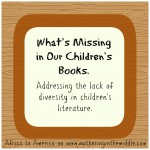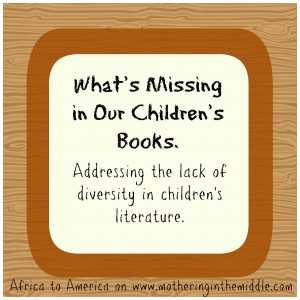 I am visiting my brother at his apartment in downtown Los Angeles. My two children and I are on our way down to our car to drive up to the Valley for the day so they can meet their two cousins — bilingual twins of Mexican descent — for the first time.
I am visiting my brother at his apartment in downtown Los Angeles. My two children and I are on our way down to our car to drive up to the Valley for the day so they can meet their two cousins — bilingual twins of Mexican descent — for the first time.
We step into the apartment elevator and make conversation with a friendly Jewish Rabbi, who is on his way to a conference. We are soon joined by two chatty African American teenagers, who fawn over my African American son’s dimples, much to his delight. When we reach the parking garage, there are two Asian American women in suits getting into the car next to us, discussing a legal case that one of them is representing.
I love the diversity we experienced in those five minutes.Fast forward three months and I am standing in a bookstore, looking for love-themed books to give my children for Valentine’s day. It is then that I realize: the children books that represent people of color are largely limited to real-life, historical picture books. It’s great that there are so many books about those topics to choose from — but what happens when I want to give my son a book about love that depicts a regular boy that looks like him?
The New York Times addressed that very topic this past weekend in two articles, “The Apartheid of Children’s Literature” and “Where Are the People of Color in Children’s Books?” Both authors point to a recent study by the Cooperative Children’s Book Center at the University of Wisconsin, in which it was discovered that of the 3,200 children’s books published in 2013, just 93 were about black people. When I participated in Multicultural Children’s Book Day this past January, I learned that only 10% of children’s book published have any diversity content in them at all.
What message does it send my Hispanic nephews, who love all things superheroes, when there are no children’s books about superheroes who look like them? What message are we sending the Jewish rabbi, African American teens and Asian American professionals when we don’t have books that represent their everyday lives, celebrate their accomplishments and honor their challenges?
What message does it give my son when there is not a single Valentine’s Day book with a character who isn’t white?
We are telling these people of color that while we may value their history (there are plenty of fabulous children’s books about Dr. King, after all), we don’t value their present. We are giving them the message that we don’t share common values, struggles and joys in our everyday lives.
We are giving them the message that they don’t matter.
So what do we do about this?
- If you notice that your bookstore doesn’t have children’s literature that represents diversity, talk to the manager. Point out what is missing and ask him to send a different message to youth by stocking more multicultural children’s books.
-
When you do come across an empowering children’s book that depicts a character of color, purchase two copies: one for your child, and one to donate to your local library or school.
-
Make sure that your own home is rich with books, movies and art work by and about people from a variety of ethnicities.
We are the consumers, and have opportunity to vote for what is important to us with our dollars whenever we purchase books for our children.
Let’s send the world a message.

